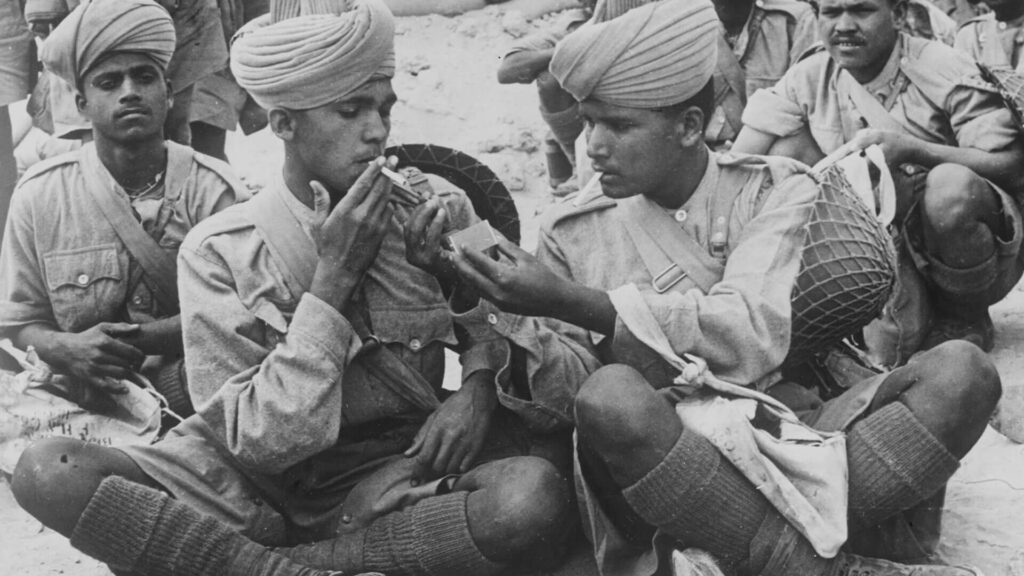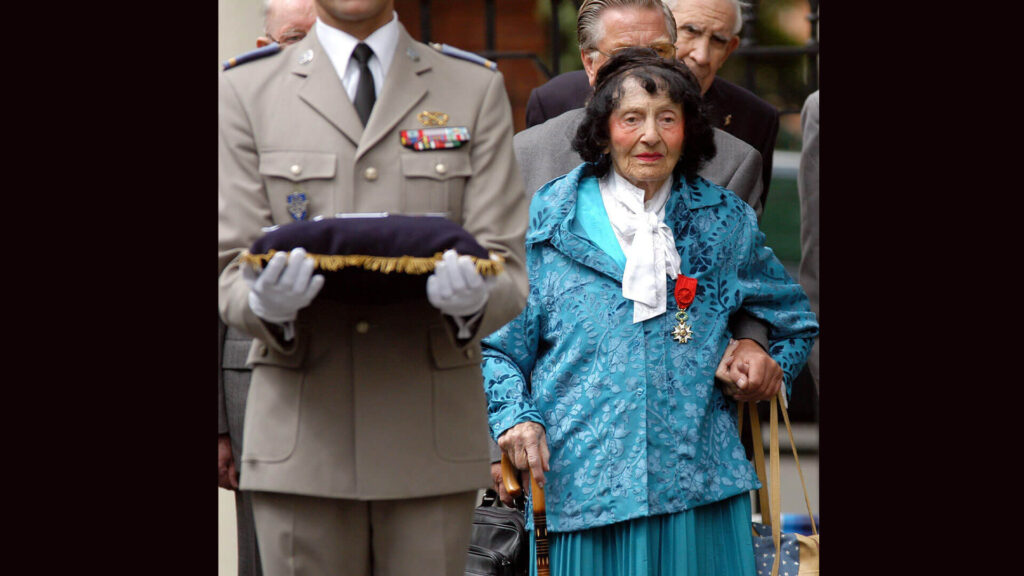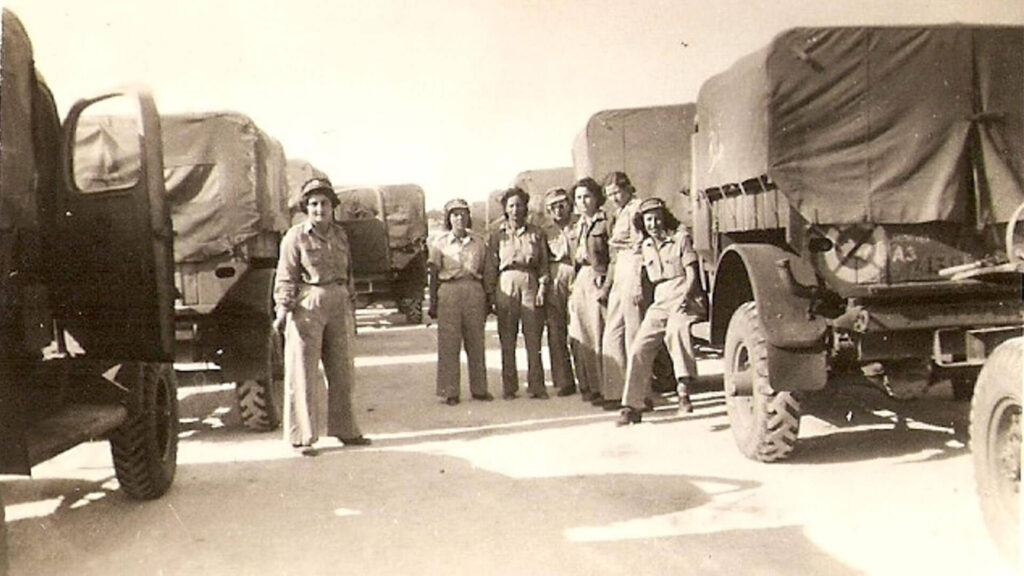Episode 2: History & Images
Learn about the real history of World on Fire Episode 2, from women’s often overshadowed contributions both in the French Resistance and Britain’s Auxiliary Territorial Service to which troops joined Britain in The North African Campaign.
- 1.
Indian Volunteers Fight with Britain


Indian Army troops during a rest break in the Western Desert, WW2 In the first two episodes of World on Fire Season 2, we see Indian and British forces unite in the battle against Italy in North Africa. In fact, according to NPR, the largest volunteer force during WW2 would be the Indian Army. “More than two million Indian men fought for Britain, even as Indian citizens struggled to be free of the British Empire.” Their role in The North African Campaign included fighting as infantry and serving as “sappers,” laying or clearing mines. Indian volunteers’ contributions aren’t often recognized, while “about 15 percent of all Victoria Crosses—Britain’s highest decoration for valor—awarded during the Second World War went to Indian and Nepalese troops,” according to The New York Times.
Why did they volunteer? Some upper-caste Indians fought because they were loyal to the British raj, but the majority had other reasons. For one, they weren’t fighting for the British Empire so much as not wanting to become part of a German or later a Japanese Empire. For another, the war produced a very real food crisis and, as Rajib tells Harry, “It’s amazing what you can get the lower classes to do for three square meals and some money to send home.” And yet these soldiers still faced prejudice and discrimination in combat. “Despite their sacrifices, these troops were never treated as equals,” reports The New York Times. “It was difficult for them to rise up the ranks and become officers. Their compensation was far less than that of their white peers, and it worsened the darker their skin was.”
See film footage from The Bharat Archives of Indian troops in Egypt during WW2.
- 2.
Women in the French Resistance


At age 99, Andrée Peel receives France’s Legion d’Honneur for helping dozens of downed bomber pilots during WW2. In Episode 2, we see the French nurse Henriette deliver concealed goods inside boxed meals to prisoners of war. She’s part of ‘La Résistance,’ as the underground opposition was known in France, formed in response to German occupation. The role of women in this movement has been underreported, perhaps in part because they were less likely to write or speak about their activism. In fact, “there were many extremely brave women and many Jewish ones,” reports The Guardian (UK). “The risks they took were enormous, and for the most part they have not been sufficiently recognized.”
Resisting was perilous work and participants risked imprisonment, torture or death if caught. Yet women were spies, gun runners, decoders, and forgers. They transmitted messages and engaged in reconnaissance work. “Of all the jobs held by women, the liaison agent, or courier, is by far the most emblematic,” says Sky History (UK). “Because women were less suspect than men, they became the human links connecting people to one another, ferrying messages on foot or by bicycle, conveying information from supervisors to rank-and-file, transporting arms and ammunition in market baskets and baby carriages.”
At war’s end, it’s telling that General Charles de Gaulle “designated 1,038 people as resistance heroes,” reports The New York Times. “Only six of those heroes were women.”
Read a tribute explaining why Madame Denise Edwards was awarded The Croix-de-Guerre and Palm for her role in the French Resistance. Hers is one of many stories captured in the BBC’s archive of WW2 memories.
- 3.
England’s Auxiliary Territorial Service


During Episode 2, Lois sees a poster advertising jobs abroad and decides she’ll enlist as a driver for the Auxiliary Territorial Service (ATS) in Cairo. The ATS formed in 1938 as another global war loomed and “was granted full military status [beginning in] April 1941,” according to The National Army Museum (UK). “However, ATS women were still not allowed to undertake combat roles.”
Recruitment targeted women between 18 and 43-years-old. They came from across the British Empire to assist the war effort, including from India and the West Indies. “Around 5,000 members of the ATS served in the Middle East, with 80 per cent of them being locally recruited,” reports The National Army Museum.
ATS women first served as drivers, cooks, nurses aids, and clerks but positions broadened as the need for wartime personnel grew. “Eventually there were over a hundred different roles in the ATS, including serving in anti-aircraft batteries,” according to the Imperial War Museum, “[allowing] more men to be released for front line service.” More than 250,000 women served in the ATS during WW2; they were deployed on the British home front and across Europe, the Pacific, Middle East, and North Africa. The skills they acquired were well received by post-war industries and the soon-to-be founded National Health Service.
Listen to Olive Strathspey describe serving with the Auxiliary Territorial Service in Great Britain and Italy (starting at 08:00). The recording is in the oral history collection at the Imperial War Museum.




















